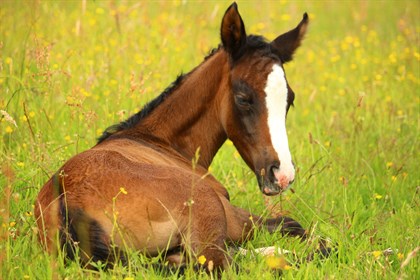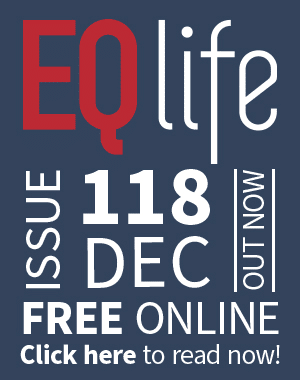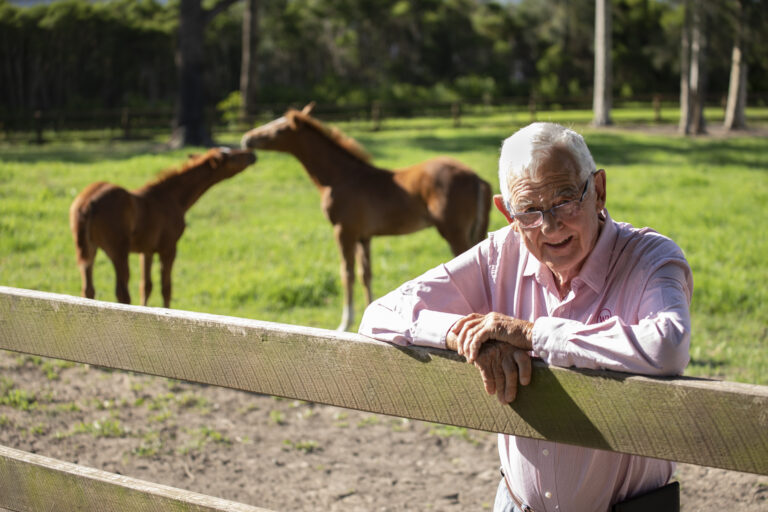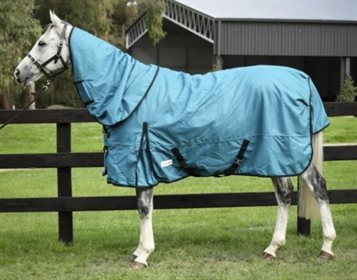By Equestrian Life
It has been revealed that seven of Paul Schockemöhle’s 52 stallions have tested positive to Warmblood Fragile Foal Syndrome (WFFS), meaning they are carriers of the fatal disease.
Last year, several of Germany’s biggest studs refused to make public their test results, however a new law means that since 1 Jan 2019 all active breeding stallions in the country need to be tested.
It has been reported that Schockemöhle’s America distributor, Judy Yancey, posted the list of positive results on a Facebook group earlier this week. There are four dressage stallions and three jumping stallions.
The four positive dressage stallions are:
Fürsten-Look (by Furstenball)
Fürst Toto (by Furstenball)
Top Gear (by Totilas)
Bluetooth (by Bon Coeur x Bordeaux)
The three positive jumping stallions are:
Balou de Rouet (by Baloubet de Rouet)
Action Blue (by Action Breaker)
Chacgrano (by Chacco-Blue).
What is Warmblood Fragile Foal Syndrome?
Veterinarian Dr Maxine Brain reported on Warmblood Fragile Foal Syndrome in Issue 44 of Equestrian Life (Sept/Oct 2018).
“In simple terms, foals born with WFFS do not synthesize the normal collagen fibres that are needed to provide the tensile strength in the connective tissues around the body. Predominantly we see the defects in the foal’s skin, with it being incredibly thin and fragile to the point that it tears with very little pressure. Wounds may develop simply on prolonged contact with a firm object, (hence the name WFFS). The lack of healthy collagen results in newborn foals being unable to stand because of the weakness and hyperextensibility in their joints and ligaments. As this condition is inevitably fatal, euthanasia is the only option available for those foals that are born alive,” says Dr Brain.
“WFFS is an autosomal recessive disorder meaning that the mutated PLOD1 gene (gene that causes WFFS) is not expressed clinically unless both the mare and the stallion carry the mutation and a copy of this gene is passed onto the foal, one from each of the parents. If one parent passes on the affected gene and the other parent passes on the normal gene, the foal will not have WFFS but will be what is known as a “carrier” and has the potential to pass on this mutated gene to its offspring. If the foal receives the normal PLOD1 gene from each parent then not only will this foal be normal, but it will not be able to produce any foals with the disorder. Mathematically, the probability of two carriers having a foal with WFFS is 25%, a 50% chance that the foal will be a carrier and 25% chance of the foal being completely normal (with respect to WFFS).”
So how is it passed on?
If we represent the genes we are discussing as follows:
PLOD1=D PLOD1 mutation = d
DD is normal and cannot pass on the disease
Dd will not have the disease but will be carriers of the disease
dd will have WFFS and will not survive long enough to breed
A MATING BETWEEN TWO CARRIERS
Dd x Dd 25% will be DD (normal foals which cannot pass WFFS on)
25% will be Dd and 25% will be dD (50% effectively Dd and act as carriers of WFFS) ?
25% will be dd (these foals will not survive)
A MATING BETWEEN A CARRIER AND A NORMAL HORSE (not a carrier)
DD x Dd
50% DD (normal foals which cannot pass WFFS on)
50% Dd (clinically normal foals that can pass the WFFS gene on as a carrier)
None of the foals will have WFFS but 50% of the foals will become carriers of the disease
READ THE LATEST NEWS ARTICLES HERE









